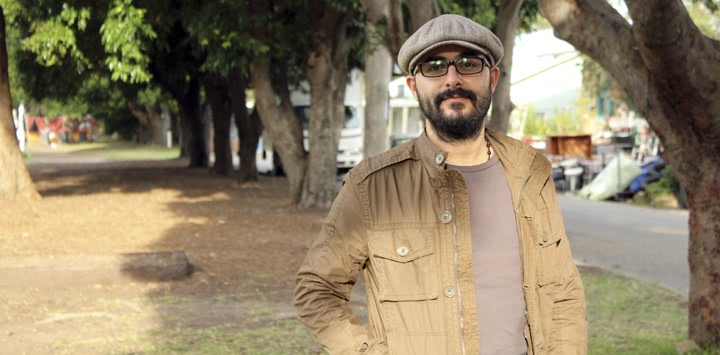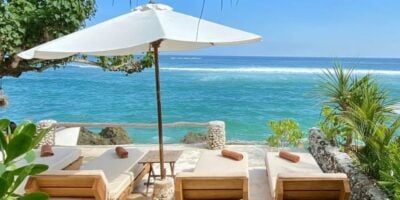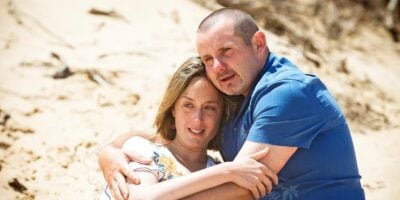You’re participating at the New Beginnings Refugee Arts & Culture Festival. What’s your background in photography?
I started more than 20 years ago on my dad’s old Konica. I’d save money to buy film and take photos of my surroundings, my people, my life in Iran. At the end of my military service, I did an Advanced Diploma in Photography at Iran’s Jahad Institute. I ended up working as a photographer in an advertising agency. I had some group and solo exhibitions, but I had lots of problems getting permission to show my artwork. Art is one of the biggest crimes in Iran. There are lots of [censorship] filters you have to pass.
How long have you been in Australia, and will you be able to stay here?
Just under two years. At first I was in detention and now I live in the community on a bridging visa while waiting for a decision on my refugee status. I’m a criminal in my country because I’m an artist. How can I live in a land where my skills, my art, my emotions are crimes?
You previously exhibited at Art Is Our Voice, another event focusing on refugee and asylum seeker artwork. How important are these exhibits for having your voice heard?
In terms of introducing myself as an artist, they’re great first steps, so that my new society knows I’m an artist. But my art doesn’t communicate the things that have happened to me or what could happen to me if I go back to Iran.
More specifically, the series you’re exhibiting is called Goddess. How does it relate to the feminine?
Goddess represents the concept of the feminine as an archetype projected into a futuristic time and space. The masculine symbol of the tie is a marker for a blending of genders where no-one holds absolute power, but where power is shared.
The political issues around asylum seekers and refugees are well known, but how welcoming have you found Australia’s artistic community?
I feel like they’ve welcomed me. Even in the detention centre I found new hope about being part of the art community because I met an artist – someone who listened to me, even though I didn’t have artwork to show. I couldn’t have a camera in detention. After leaving detention, it was hard to be in a new land with nothing. But I made some artist friends who helped me get a camera, helped me in this new situation. I collected some money to buy a computer. And my case manager at Settlement Services International (SSI) was very supportive. So I was able to start using my photography skills here.
New Beginnings Refugee Arts & Culture Festival takes place at Addison Road Community Centre on Saturday June 20.


































